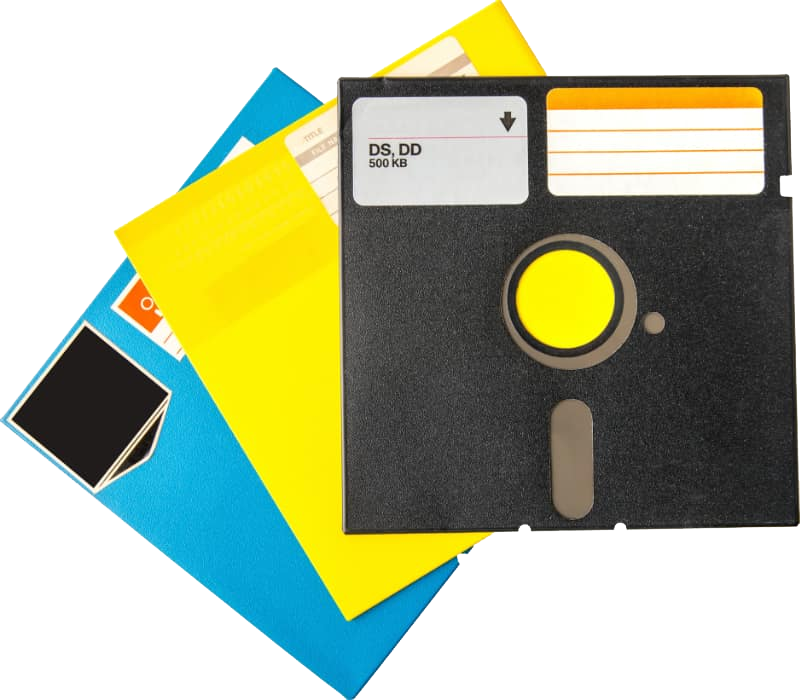
Introduced by Shugart Associates as a practical improvement over its 8” predecessor, the 5 1/4" Floppy Disk became the standard bearer for consumer data storage and delivery through the mid-to-late 70s. Functionally similar to the 8", the format’s build was composed of a paper-thin, magnetic disk, housed in a “floppy” plastic casing. A fabric liner, between the casing and the storage medium would act as a buffer, reducing friction, while removing dust particles from the disk surface. Initially with a 98.5kb storage capacity, later iterations would see an incremental increase alongside the advent of double-sided disk drives.
As a primary platform for operating system and word processor dependency, the 5 1/4" retained it’s relevance throughout the early 80s until it was replaced by a physically smaller, but larger capacity successor: the 3.5" Floppy.










